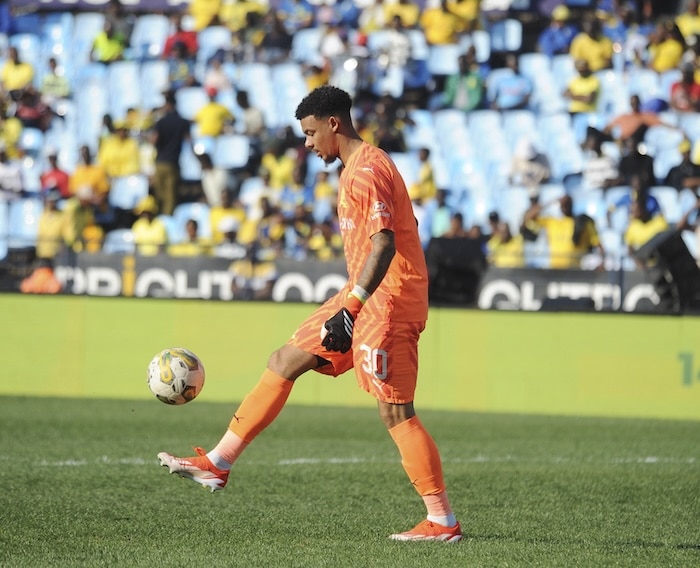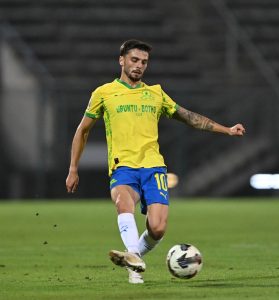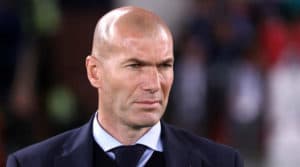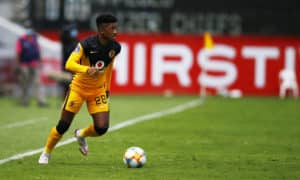The role of the goalkeeper has evolved over the years from the obvious shot-stopper to an important player with the ball at their feet. But is it the right way to go? Asks Mark Gleeson.
From the country that gave us ‘total football’ comes a new and definite view of the role of goalkeepers.
The technical staff at the Dutch football association have been quite concerned in recent years that keepers are not emerging through the ranks, and the professional clubs in the Eredivisie are turning increasingly to goalkeeping talent from outside the country.
It has meant opening the debate on what the ideal profile for a goalkeeper is, and just how he or she should be trained.
Seventeen of the 18 topflight clubs had a foreign goalkeeper on the books, raising the question: “What is wrong with the locals?” Or more importantly, “What can be done to improve them?”
To try to solve the problem, the Dutch have studied many of the top keepers in the modern game and their role in helping their team win, not only by the saves they make, but also by their contribution to the overall game.
The likes of Marc-André ter Stegen at Barcelona, the Brazilian double act of Alisson Becker (Liverpool) and Ederson (Manchester City), and Jan Oblak, the Slovenian international at Atlético Madrid, were top of the study list … and with somewhat surprising conclusions emerging.
There was much emphasis over the past decade on the goalkeeper being able to play with his feet, join in as a sweeper and pass the ball with accuracy, breaking any pressure the opponent tried to put on him or the defence.
Joe Hart’s Manchester City career effectively ended when Pep Guardiola joined the club in mid-2016, with the Catalan prioritising a goalkeeper more comfortable with the ball at his feet.
Guardiola signed Claudio Bravo to initially replace Hart, before bringing in current No 1 Ederson one year later.
But the Dutch study reckons there is too much emphasis on the ball-playing goalkeeper at the expense of the basic skills required and it is time to focus again on the basics.
It is ironic that a country always actively searching for new boundaries in its approach to the game now says he ideal training is to focus back on the basics of goalkeeping – saving shots and keeping the goal intact. The Dutch study concludes that, firstly, goalkeepers should ideally be tall and athletic. An idea height is 1.93 m (or around 6 ft 3 in), which is unusually tall for goalkeepers in the South African league.
Then the training needs to be specific to the position. “Intense training in the basics of keeping is vital,” says Dutch national-team goalkeeper coach Patrick Lodewijks, who has worked at Premier League clubs and enjoyed a 20-year professional playing career.
“Those are diving, falling, swerving, positioning, jumping, catching and punching. The emphasis must be on stopping shots. The goalkeeper is the only player who can use his hands, an aspect that must never be underplayed in training and preparation.”
But what, then, of the role of the sweeper-keeper that modern coaches have become so enamoured with? The Dutch see a role for the keeper proficient with the ball but maintain that the emphasis needs to swing back towards the fundamentals. “First priority is saving, then worry about setting up attacks.”





